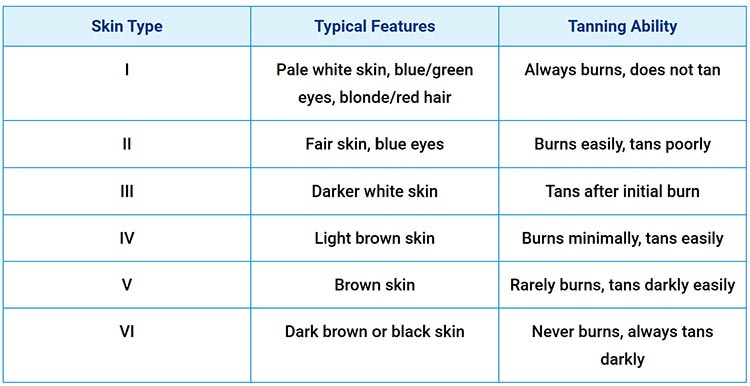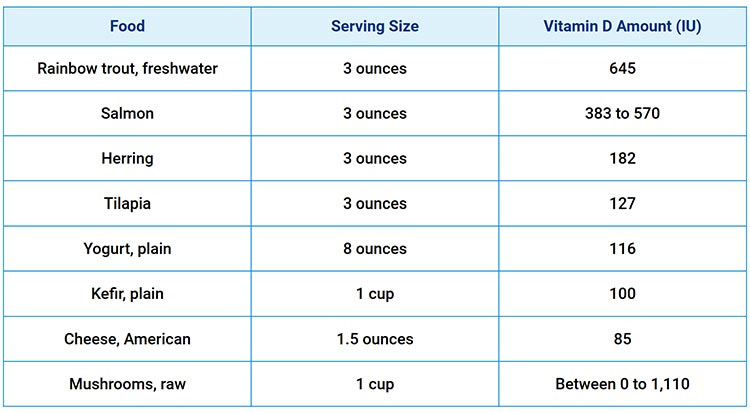How to Get Vitamin D in Fall and Upcoming Winter
Description

STORY AT-A-GLANCE
Fall’s shorter days and lower sun angle reduce ultraviolet (UV) B exposure, making it harder to produce adequate vitamin D through sunlight alone
Check daily UV Index and consider your skin type (Fitzpatrick phototype) to determine sun exposure needs; darker skin tones require more time in sunlight
Consume vitamin D-rich foods like wild-caught Alaskan salmon, rainbow trout, herring, and fortified dairy products to supplement reduced sun exposure during fall and winter months
Take vitamin D3 supplements with healthy fats, aiming for 60 to 80 ng/mL in your blood; include magnesium and vitamin K2 to optimize absorption and metabolism
Reduce linoleic acid (LA) intake below 2% of calories and supplement with C15:0 to purge skin toxins, enabling safer sun exposure for vitamin D production in the long run

As most of you know, I am a passionate advocate of optimizing your vitamin D levels because of its many capabilities. In previous articles, I’ve discussed in detail how it helps boost immune function, manage blood sugar levels, and lower your risk of cancer.
The best way to produce vitamin D is through sensible sun exposure. However, with autumn now in full swing, the days are getting shorter. Thus, people who live in areas who don’t get enough sunlight won’t be able to produce the appropriate amount of vitamin D to support their health.
To spread awareness of this issue, I recently appeared on NTD News, offering viewers practical strategies to optimize their vitamin D levels during fall, as well as the upcoming winter. These points are also explored below.
Why Fall Makes Vitamin D Trickier to Optimize
Fall is a beloved season in the U.S., drawing many nature lovers to northern states and basking in the changing picturesque foliage.1 However, this presents certain health problems down the line:
Changes in the Earth’s angle against the sun — Earth follows an elliptical orbit, which means that its distance between the sun varies throughout the year.2 Following this logic, the Earth’s axis and distance from sun during fall cause shorter days, a lower sunlight angle, and cooler temperatures. The result? Lower vitamin D levels.
Factors affecting vitamin D production — Ultraviolet B (UVB), the type of sunlight that triggers vitamin D production on your skin, is affected by season, time of day, latitude, clouds, and your skin’s melanin concentration.
<label class="hide-text" contenteditable="false">Text within this block will maintain its original spacing when published</label>In many places during summer, incidental sun is enough to produce vitamin D, but not in late fall and winter. So, shifting your diet and taking supplements (as needed) are essential to maintaining optimal levels.3
How Much Sun Exposure Helps in Autumn?
There isn’t a one-size-fits-all approach when optimizing your vitamin D in fall. Here are some guidelines, according to the U.S. Environmental Protection Agency (EPA):4
Check the daily UV Index (UVI) — This is a forecast provided by the National Weather Service, providing information on the current UV radiation readings throughout the day. Here’s a tip — the highest numbers occur during solar noon.5
Consider your Fitzpatrick phototype — It’s a guide that describes how certain skin colors react when exposed to sunlight. Thus, it can be used to help you determine how much time you need to be exposed during the day. Here’s a chart from DermNet to help you:6
Framing the information above within the context of my NTD News segment, if you live in higher latitudes and/or have deeper skin tones, you’ll generally synthesize less D from the sun, especially during fall.
What’s a good sign your body has produced enough for the day? In a previous article, I noted that the limit is when your skin begins to turn slightly pink. If that doesn’t even happen to you during fall, then you’ll need to compensate the remaining through your diet.
The Best Foods for Vitamin D in Fall
Continuing the point above, vitamin D is also found in various foods. The table below shows you well-known sources and how much you’ll get, depending on serving size:7







